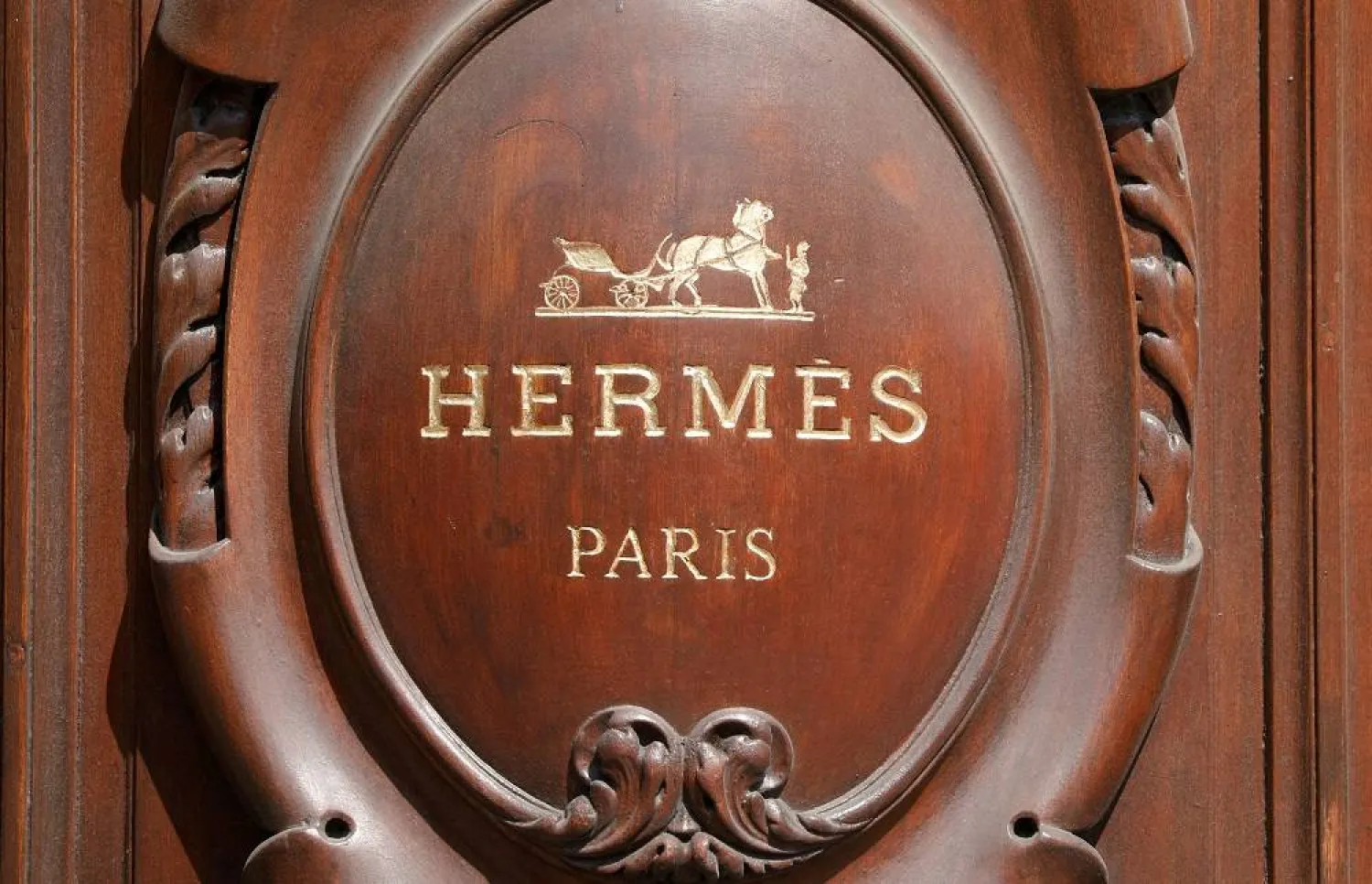Japan’s Fast Retailing Co, owner of casual clothing brand Uniqlo, lowered its outlook for the year as the coronavirus pandemic wreaked havoc on its global fashion business.
But it also reported a strong rebound in Uniqlo’s domestic same-store sales for June and said business in China was recovering faster than previously expected, suggesting it may weather the crisis better than many global peers.
Store closures and weak consumer spending around the world has brought a halt to years of growth at the company, now Asia’s biggest fashion retailer and the world’s No. 3 after Zara-owner Inditex and H&M.
It forecast operating profit of 130 billion yen ($1.21 billion) for the year through August, down 50% from a year earlier rather than a previously expected 44%, following a surprise loss of 4 billion yen in the March-May quarter.
It also forecast annual sales to fall 13 percent to 1.99 trillion yen, ending 16 straight years of growth.
“We have seen a large decline in both revenue and profit across the business,” CFO Takeshi Okazaki told reporters.
The company said markets such as South Korea, the United States and several others including Indonesia had been particularly hard-hit, while adding that its two key markets, Japan and China, were recovering faster than expected.
Uniqlo’s domestic same-store sales, including online purchases, rose 26% in June from a year earlier, after falling 57% in April and 18% in May.
Okazaki said items such as stretchy jogging pants and oversized t-shirts proved popular in the past quarter in Japan.
Analysts have said Uniqlo’s focus on practical, everyday wear rather than more trendy styles may work to its advantage as more consumers are spending time at home.
Fast Retailing also depends heavily on Asian economies, especially China, where Uniqlo’s mix of affordable basics and occasionally trendy items proved a massive hit among the burgeoning middle class.
Its struggle to gain market share in the United States, previously considered a major weakness, has spared it from a bigger hit from the virus outbreak.
Of Uniqlo’s 2,260 stores globally, just 51 are in the United States, which has reported the highest number of coronavirus infections in the world.
Okazaki said the company was not retreating from the US market, although it would step up its “scrap and build” strategy of concentrating on profitable locations and shutting down low-performing stores.
He declined to comment when asked whether it would consider buying Brooks Brothers, which on Wednesday joined a list of US brands that have filed for bankruptcy.









